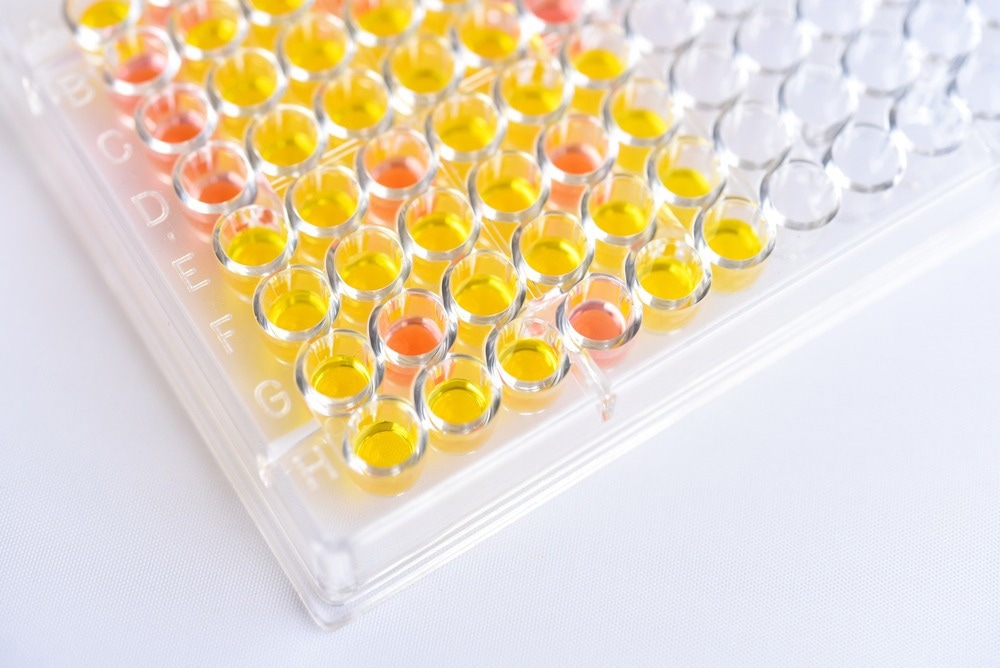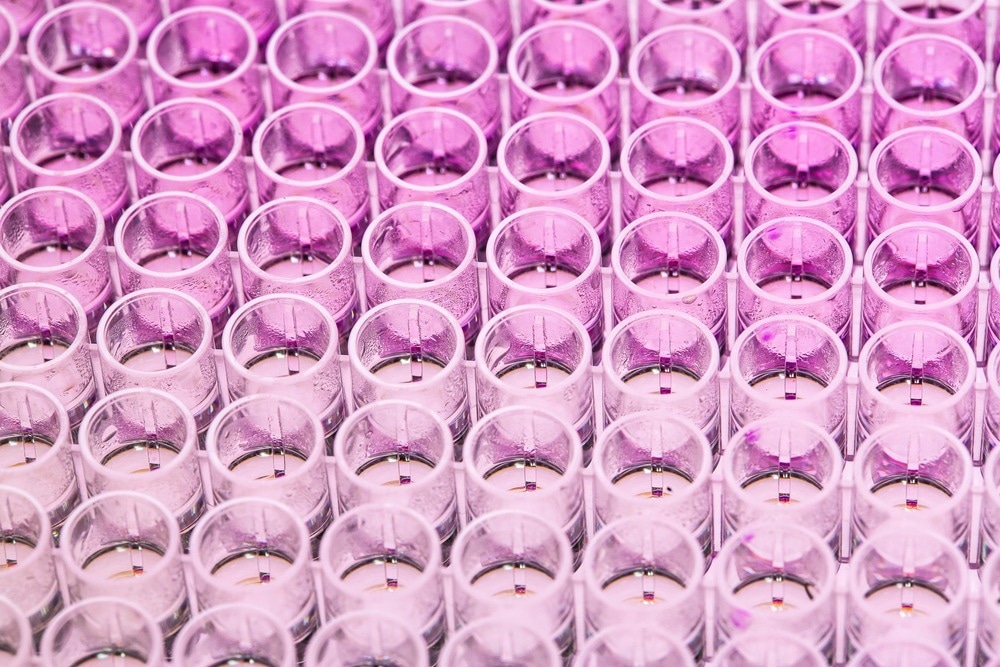Immunoassay analyzers can detect and quantify analytes in a biological sample. They are crucial for quantitative detection and are used in a wide range of applications across several sectors.

Image Credit: Jarun Ontakrai/Shutterstock.com
What are Immunoassay Analyzers?
Immunoassay analyzers are used to perform immunoassay tests. They are instruments that are now commonplace in many clinical laboratories. The immunoassay tests they conduct utilize the binding specificity of antibodies to detect and quantify an analyte within a sample. Immunoassay analyzers are widely used in various fields of science and have some notable applications, including clinical diagnosis, pharmaceutical research, cancer biomarker detection, allergy testing, infectious disease testing, drug and alcohol testing, food and environmental testing, point-of-care testing, and biomarker discovery.
Immunoassay analyzers have several features. First, they can process numerous samples simultaneously, allowing for high throughput. They automate many processes that would have previously been carried out manually, allowing for increased efficiency. These instruments are also designed to be highly precise and accurate and have versatility, enabling them to be reliably configured to run a number of immunoassay formats.
A Brief History of Immunoassay Analyzers
The concept of immunoassays dates back to the 1960s with Yalow and Berson’s development of the radioimmunoassay technique. In the 1970s, the ELISA technique was introduced as an alternative to the radioimmunoassay technique. As the development of automated systems began to gain traction in the 1980s, the first automated immunoassay analyzers emerged. In recent years, the focus has been on miniaturizing immunoassay analyzer technology, making it quicker, and developing the capability to test multiple analytes simultaneously.
The Role of Immunoassay Analyzers in Quantitative Detection
Immunoassay analyzers play a critical role in quantitative detection. They are fundamental to the accurate detection and quantification of analytes within a biological sample. Immunoassay analyzers facilitate quantitative detection by the following processes.
First, immunoassay analyzers leverage antibodies that are known to have a high affinity for a target analyte (the analyte that is intended to be measured). When the antibodies bind to the analyte, this produces a signal proportional to the concentration of that specific analyte within the sample being tested. Depending on the type of immunoassay analyzer being utilized, the signal may be produced as a color change, radioactivity, fluorescence, or chemiluminescence.
The signal generated is compared to a calibration curve (calibration curves are produced to establish a relationship between the signal and the analyte concentration) to establish the concentration of an analyte in the sample - thus allowing for quantitative detection of the analyte.
Immunoassay analyzers are designed to be highly accurate and precise. They are also capable of processing many samples in a short time, making them suitable for a wide range of applications where high throughput of quantitative measurements is necessary.

Image Credit: Val3ri0/Shutterstock.com
The Current Market for Immunoassay Analyzers
The global market for immunoassays was valued at $27.87 billion in 2023. It is predicted to grow at a CAGR of 3.6% from 2024 to 2030. This growth will likely be fueled by the increased demand to diagnose and monitor chronic and infectious diseases. In particular, the increasing prevalence of diabetes, cardiovascular diseases, cancer, and gastrointestinal diseases is driving the growth in demand for immunoassay analyzers.
In terms of application, the infectious disease testing segment currently holds the largest share of the market, roughly 36%. In terms of technology, the enzyme immunoassays segment dominates, accounting for more than 63% of the global market.
Some key players in the market include Abbott (e.g. Architect series), Siemens Healthineers (e.g. Advia Centaur series), Roche (e.g. Cobas series), Ortho Clinical Diagnostics (e.g. VITROS series), Bio-Rad Laboratories (e.g. BioPlex series), Sysmex Corporation (e.g. HISCL series), and Thermo Fisher Scientific (e.g. Indiko series).
Future Directions for Immunoassay Analyzers
Immunoassay analyzers will likely continue to develop, with advancements focussed on miniaturization, automation, improving sensitivity, and expanding applications - particularly as versatile diagnostic tools.
In the future, immunoassay analyzers might evolve to incorporate enhanced multiplexing capabilities, enabling them to simultaneously detect and quantify many analytes within a sample. This will benefit quantitative detection, as it will make quantitative measurements possible from smaller samples.
Also, in the future, we might see the incorporation of artificial intelligence (AI) algorithms into immunoassay analyzers to improve accuracy, efficiency, and performance, and aid in result interpretation. Improved wireless connectivity features may also be a feature of future immunoassay analyzers. Such features will seamlessly integrate immunoassay analyzers with laboratory information systems (LIS) and electronic health records (EHR). Improvements in wireless connectivity would likely help to enhance traceability, streamline processes, and allow for remote monitoring of analyzer function and performance.
The continued evolution of immunoassay analyzers can be anticipated thanks to the growing demand for such tests, which is helping to drive innovation in this field.
Sources:
Darwish, I.A. (2006). Immunoassay methods and their applications in pharmaceutical analysis: Basic methodology and recent advances. International Journal of Biomedical Science, 2(3), pp. 217–235. doi.org/10.59566/ijbs.2006.2217.
Immunoassay market size [online]. Grand View Research. Available at: https://www.grandviewresearch.com/industry-analysis/immunoassay-market
Nicole Gleichmann (2020). Immunoassays: A Guide [online]. Technology Networks. Available at: www.technologynetworks.com/.../immunoassays-a-guide-338790
Last Updated: Feb 15, 2024